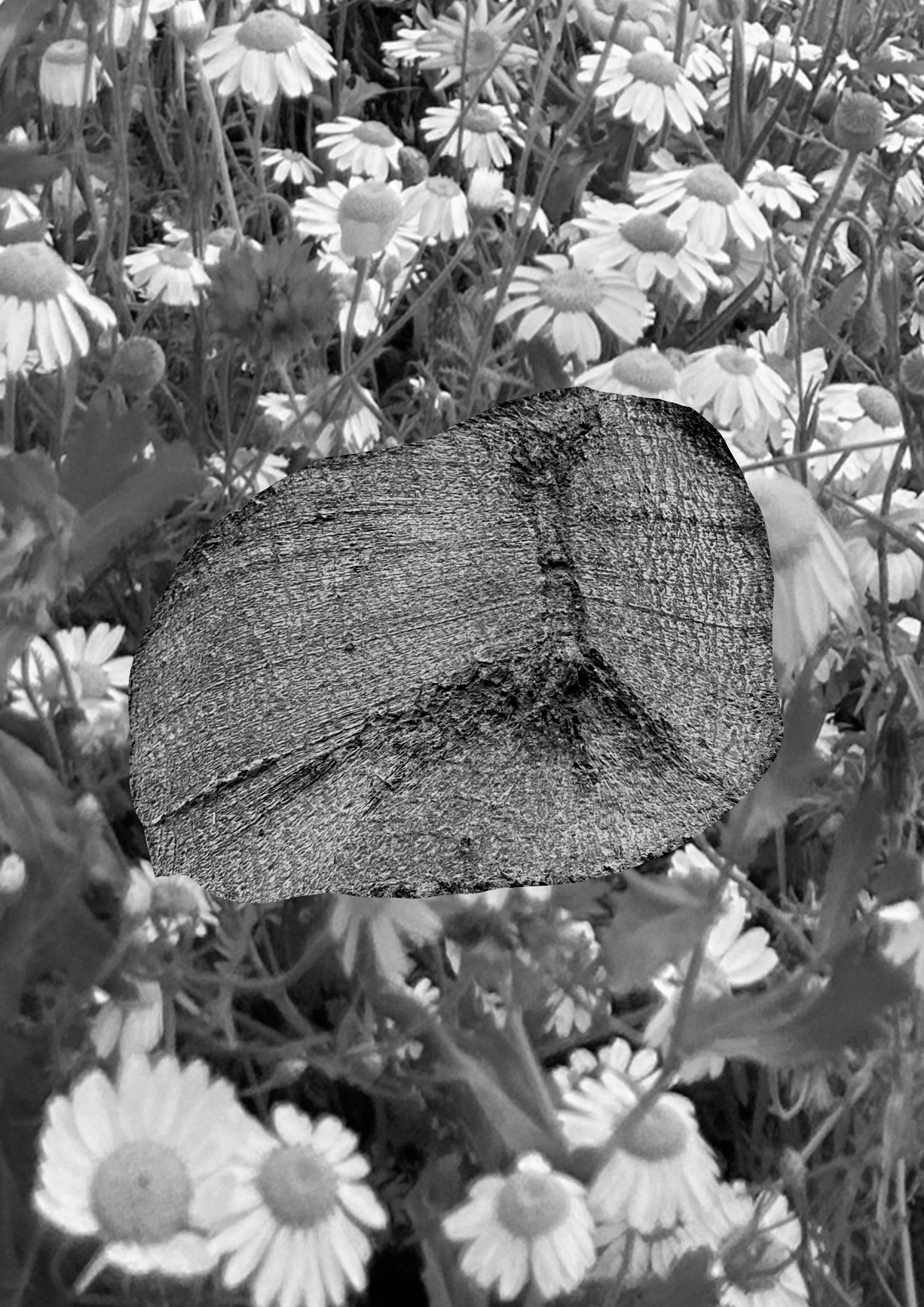Every year, the world produces 92 million tons of textile waste. Clothes are made, worn for a short time, and then discarded. Many of these garments end up in landfills, often in the Global South, fueling a cycle of waste driven by mass production and globalization.
But we don’t have to follow this path. Instead, we can work with what we already have—mixing old clothes, limiting new production, and learning how to care for and repair textiles so they last longer. This shift allows us to rethink our relationship with textiles, where every stitch and patch tells a story—like tattoos on fabric, marking their journey.
Here, you can choose your own way of restoring textiles—whether through embroidery, plant dyeing, or another technique. Every repair adds to the story.
But we don’t have to follow this path. Instead, we can work with what we already have—mixing old clothes, limiting new production, and learning how to care for and repair textiles so they last longer. This shift allows us to rethink our relationship with textiles, where every stitch and patch tells a story—like tattoos on fabric, marking their journey.
Here, you can choose your own way of restoring textiles—whether through embroidery, plant dyeing, or another technique. Every repair adds to the story.










